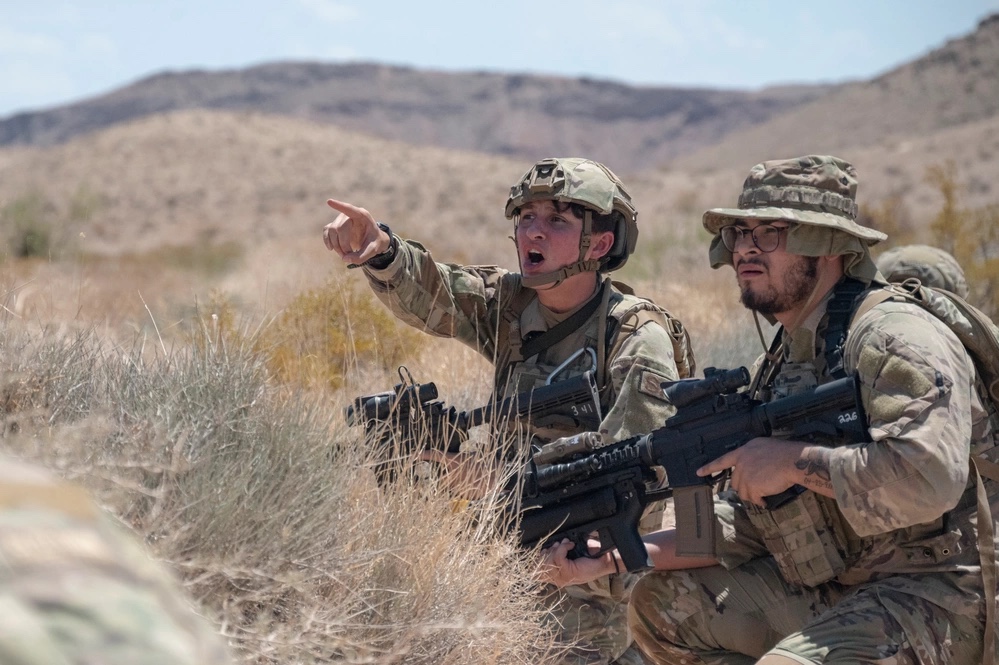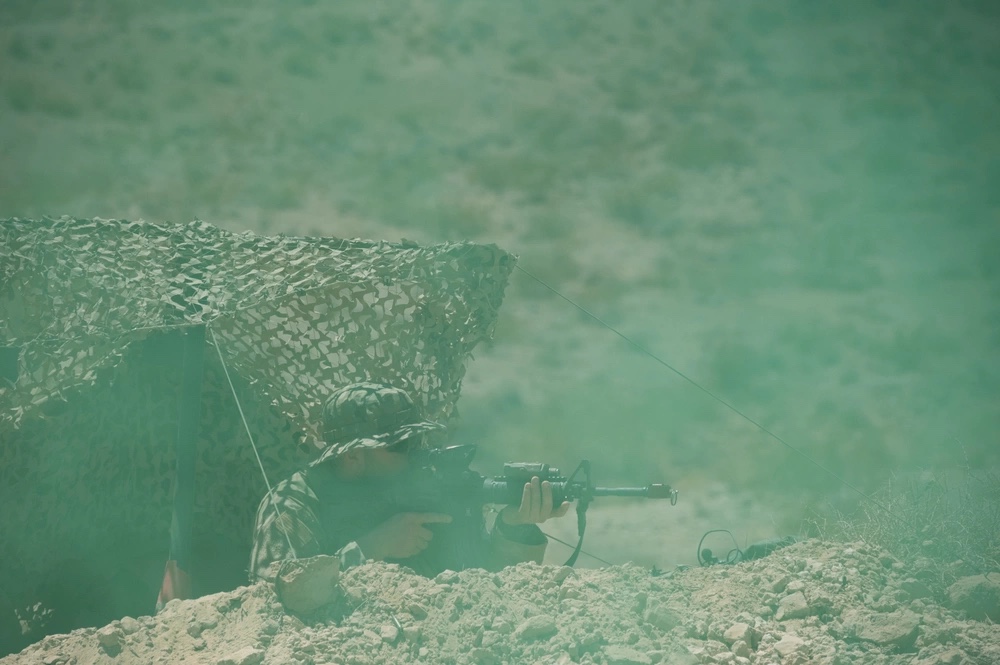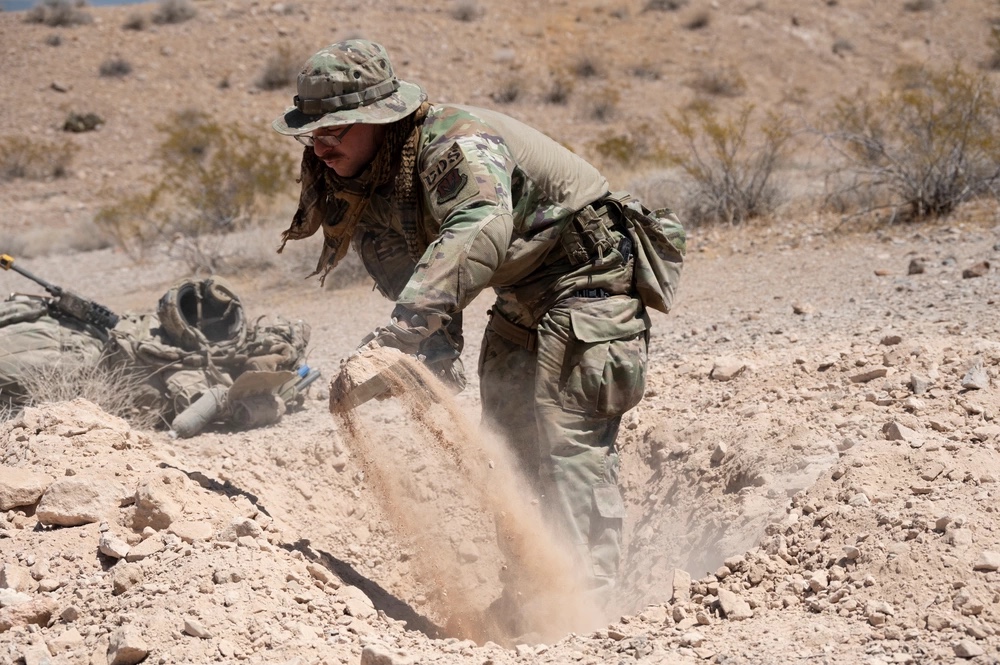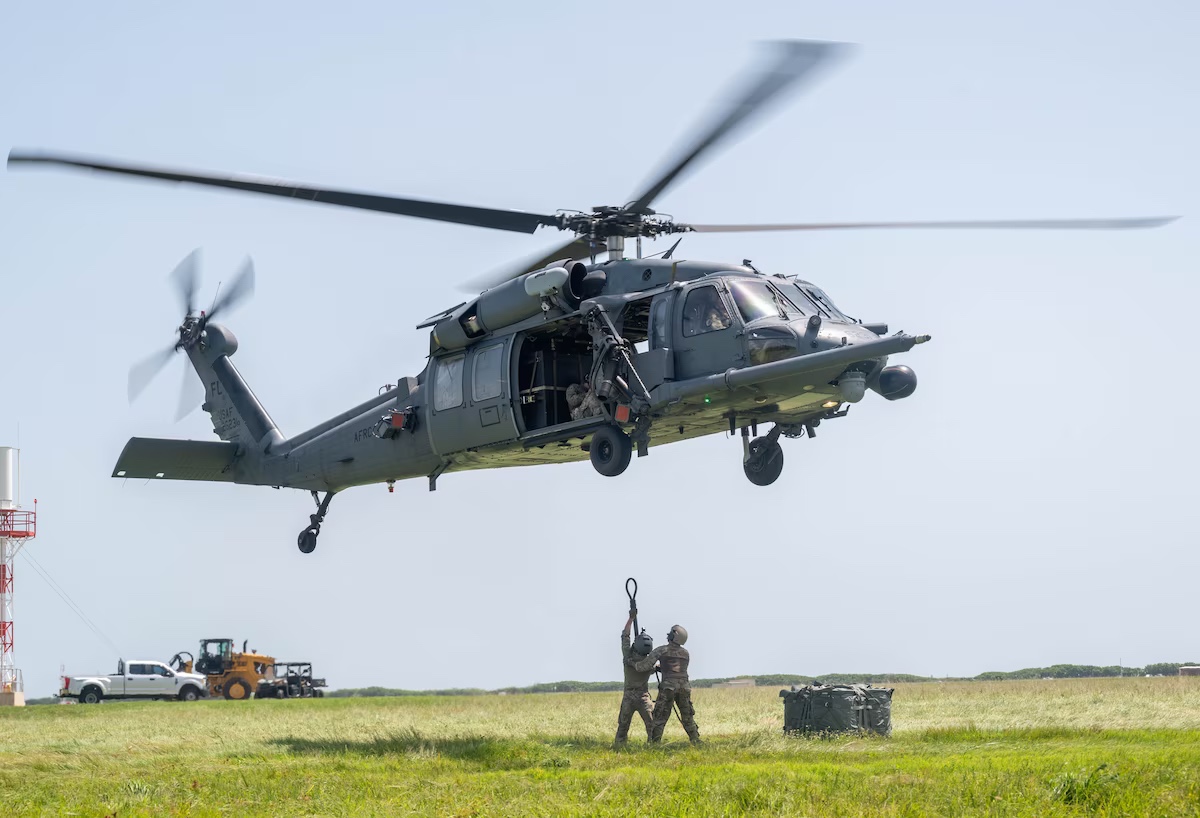
WASHINGTON — The 56th Artillery Command and the 2nd Multi-Domain Task Force, U.S. Army Europe and Africa, co-hosted a Warriors Corner presentation titled “Theater Fires and Multidomain Operations,” during the 2023 Association of the United States Army Annual Meeting and Exposition, Oct. 11, at the Walter E. Washington Convention Center, Washington, D.C.
Col. Seth Knazovich, chief of staff for the 56th Artillery Command was joined by Col. Patrick Moffett, commander of the 2nd Multi-Domain Task Force to present their organizations and share valuable insights.

Knazovich initiated the discussion by emphasizing the complexity of theater fires and multi-domain operations, demonstrating USAREUR-AF’s theater fires architecture and forward focus on key influences including threat, interoperability, setting the theater for the Army of 2030 in Europe and employing the full spectrum of multi-domain capabilities to achieve convergence in depth.
“The 56th Artillery Command continues to incorporate the use of innovative technologies, such as the long-range hypersonic weapon and medium range capability battery as well as new formations, like the Theater Information Advantage Detachment into European exercises to understand and demonstrate how these capabilities support and provide opportunities for both the land component and joint allied forces in Europe,” said Knazovich.
Knazovich described employing multi-domain capabilities in depth as a part of large-scale combat operations.
“The 56th Artillery Command, not only shapes the theater with traditional surface-to-surface platforms, but also the space, information, cyber and electronic warfare capabilities available, both from the U.S. as well as our NATO allies and partners,” said Knazovich.

Knazovich said that the 56th Artillery Command’s headquarters and subordinate commands work together to synchronize capabilities and converge effects in time and space. He emphasized the success of multi-domain operations is greatly attributed to the support of two key organizations, the 2nd Multi-Domain Task Force and the 19th Battlefield Coordination Attachment. Highlighting how the organizations play a pivotal role in training, exercises, and joint partnerships alongside NATO allies.
While introducing the 2nd MDTF, Moffett shared the vision for the organization and the challenges they have faced while focusing throughout Europe and Africa. The 2nd MDTF is positioned as the land component commander’s “go-to organization” for multi-domain operations and effects. This mission sets the organization apart and allows for adaptation to the evolving threat landscape.
“The 2nd MDTF operates daily in competition, while remaining trained and postured to transition to conflict whenever called,” said Moffett. “We operate at the cutting edge of capabilities to ensure we are prepared for tomorrow’s fight.”
Moffett shared that part of the preparation includes training alongside allies and partners while commenting on the success and challenges of Arcane Thunder, the 2nd MDTF’s flagship exercise.
“Arcane Thunder 23 was a game-changer,” said Moffett. “It allowed us to fine-tune our skills, push boundaries, and demonstrate our capabilities across Europe.”

Moffett explained that sharing data across multi-domain operations is a critical element of working with NATO partners during exercises. Improving data sharing, especially in electromagnetic spectrum and cyber operations, along with ensuring classified information is accessible at the right level and shared with allies is a key priority.
The presentation focused on modernizing and employing full spectrum multi-domain capabilities to achieve convergence in depth. Attendees heard fist-hand how focused the 56th Artillery Command and 2nd Multi-Domain Task Force is in establishing a cohesive joint and allied theater fires Architecture through federated mission networks, developing Soldiers, and training in exercises alongside our allies and partners. Further focusing on building systems capable of leveraging the best asset to create the best effect to achieve convergence.

“This is the future of fires in Europe,” concluded Knazovich.
The 56th Artillery Command and the 2nd Multi-Domain Task Force illustrated the critical role of theater fires and multi-domain operations in contemporary warfare. This collaborative effort paves the way for a more secure and effective defense posture for the United States and its allies in Europe.
For more information on the 56th Artillery Command, visit their official website.
Story by Casey Slusser















































































































































